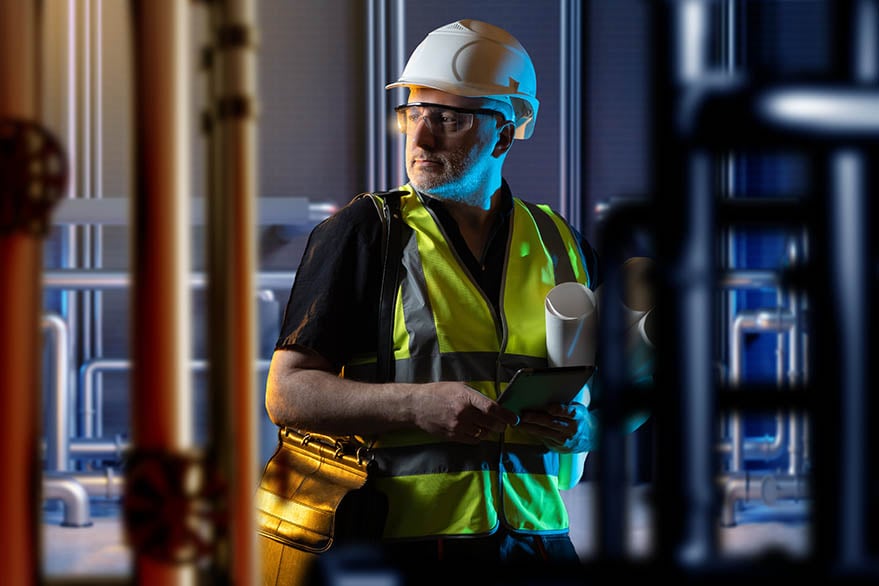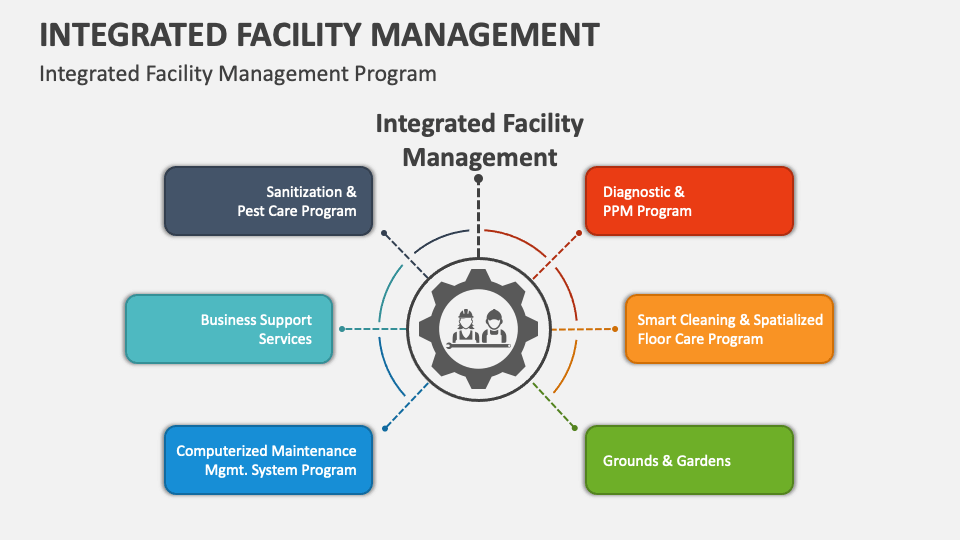Comprehending the Necessary Concepts of Facility Management for Modern Companies
Comprehending the Necessary Concepts of Facility Management for Modern Companies
Blog Article
The Necessary Guide to Facility Administration: Approaches for Success
Center monitoring plays a vital role in the overall success of a company, working as the foundation that sustains performance, security, and efficiency. By employing calculated approaches such as integrated technological options and fostering cross-departmental collaboration, organizations can dramatically enhance their operational foundations. Nonetheless, the nuances of efficient facility management expand beyond plain logistics and need a comprehensive understanding of both quantitative and qualitative metrics. As we discover these necessary methods, a closer exam discloses just how they can change not simply facilities, yet the actual society within a company itself. What might these improvements look like in practice?
Recognizing Center Management
What constitutes efficient facility administration? Efficient facility monitoring encompasses the sychronisation of different business features to make sure that developed settings are risk-free, effective, and conducive to performance. Facility Management. It integrates the concepts of engineering, design, and business administration to develop a seamless functional flow within an organization
Crucial element of center administration consist of room preparation, upkeep management, and conformity with health and wellness and security laws. Space planning focuses on maximizing the usage of physical resources to sustain business objectives, while maintenance management makes sure that facilities are kept in optimum condition, making best use of lifespan and minimizing operational costs. Compliance with legal and governing requirements is important, as it safeguards the company versus potential responsibilities and enhances its reputation.
Furthermore, reliable facility management counts on the calculated use technology, such as Building Monitoring Solution (BMS) and Computer-Aided Center Monitoring (CAFM) tools. These innovations help with real-time surveillance of building systems and streamline upkeep procedures. Ultimately, an extensive strategy to facility administration not just promotes operational efficiency yet also promotes a favorable setting for visitors and staff members alike, driving overall business success.
Secret Techniques for Optimization
Maximizing center management calls for a strategic technique that lines up functional exercise with organizational objectives. To attain this, the first essential strategy is the implementation of integrated technological remedies. Utilizing advanced software application systems enables real-time monitoring of facility procedures, promoting data-driven decision-making and boosting general efficiency.
Secondly, regular assessments of facility efficiency are essential. Conducting routine evaluations and audits makes it possible for facility supervisors to recognize areas that require enhancement, ensuring that resources are designated efficiently. This positive technique aids in lessening downtime and boosting solution distribution.
An additional crucial method is cultivating partnership across departments. By motivating open communication in between teams, facility managers can much better align their approaches with service goals, leading to improved operational synergy. Furthermore, involving staff in training programs advertises a culture of responsibility and boosts their capability to add to optimization initiatives.
Enhancing Security Methods
Enhancing security procedures is vital for producing a secure atmosphere within facilities. A detailed safety and security procedure not only secures employees and site visitors but additionally enhances operational effectiveness. To accomplish this, facility supervisors need to perform regular risk assessments to recognize potential hazards and guarantee that ideal steps remain in area.
Educating and education are critical parts of effective safety and security protocols - Facility Management. Staff members ought to receive ongoing training in emergency situation procedures, devices handling, and personal protective actions. Normal drills, such as fire discharges or lockdown treatments, foster experience and preparedness among team
Additionally, clear communication channels should be developed to report safety more info and security concerns click here promptly. This consists of creating an accessible system for employees to voice potential risks or incidents without concern of . In addition, leveraging innovation can boost safety and security measures; for instance, executing surveillance systems and gain access to controls helps keep track of center tasks and limit unauthorized entrance.
Finally, conformity with regional policies and market standards is non-negotiable. Normal audits and evaluations of security methods make sure placement with present regulations and best practices. By focusing on these approaches, center managers can grow a culture of safety and security that safeguards all stakeholders and ultimately adds to the organization's success.
Improving Work Environment Atmosphere

Ergonomic considerations are important to decrease physical stress and discomfort. Facility Management. This involves offering flexible furniture, proper lights, and sufficient space for activity. These modifications can bring about lowered absenteeism and boosted work fulfillment
Aesthetic appeals play an important duty fit the workplace ambience. Making use of shade psychology, natural illumination, and plant can cultivate a boosting and inviting atmosphere. Thoughtfully developed areas can increase creativity and boost total health.
In addition, motivating employee involvement via inclusive decision-making processes can enhance the feeling of ownership and belonging. Collecting comments on work environment improvements and including workers in the style procedure can result in a much more customized setting that satisfies their requirements.
Lastly, promoting well-being initiatives, such as health cares and leisure rooms, can further contribute to a helpful office society. By concentrating on these strategies, facility managers can effectively improve the office environment, driving both worker satisfaction and business success.
Gauging Success in Facilities
Gauging success in facility administration requires a thorough technique that examines both measurable and qualitative metrics. Quantitative metrics commonly include crucial efficiency indications (KPIs) such as area usage rates, energy usage, maintenance costs, and tenancy levels. These metrics offer a clear photo of operational effectiveness and financial performance, enabling facility managers to determine locations for improvement and standard against sector standards.
Qualitative metrics, on the various other hand, focus on individual complete satisfaction and staff member engagement. Surveys and comments systems can evaluate exactly how well the facilities meet the needs of residents, helping to analyze the overall office atmosphere. This aspect is essential, as a pleased workforce is frequently connected to raised efficiency and retention prices.
To efficiently determine success, facility supervisors must also consider integrating technology, such as building administration systems and information analytics tools, to collect and evaluate relevant data. On a regular basis reviewing both sets of metrics permits a much more balanced sight of performance and informs calculated choices. Ultimately, an effective facility monitoring technique depends upon a commitment to constant renovation, making certain that both functional performances and individual complete satisfaction are focused on.
Conclusion

Facility monitoring plays an important function in the general success of a company, serving as the backbone that sustains effectiveness, performance, and security.Key elements of facility management include space planning, maintenance management, and conformity with wellness and security regulations.Additionally, efficient facility administration relies on the calculated use of technology, such as Structure Monitoring Equipment (BMS) and Computer-Aided Center Monitoring (CAFM) devices. Inevitably, an extensive technique to facility administration not only advertises operational effectiveness however also promotes a favorable setting for workers and site visitors alike, driving total organizational success.
Ultimately, a successful center management approach hinges on a dedication to continual renovation, guaranteeing that both functional effectiveness and individual complete satisfaction are prioritized.
Report this page